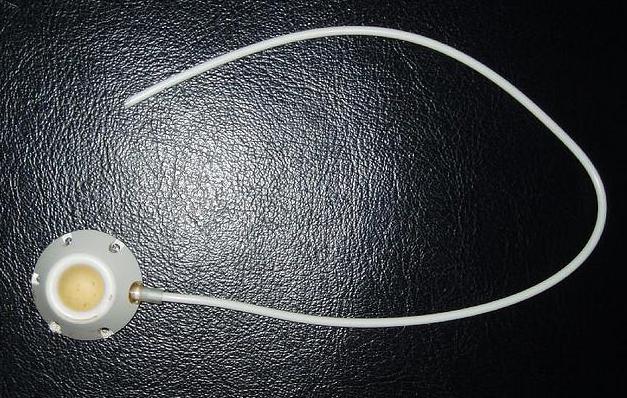At WiseGEEK, we're committed to delivering accurate, trustworthy information. Our expert-authored content is rigorously fact-checked and sourced from credible authorities. Discover how we uphold the highest standards in providing you with reliable knowledge.
What is the Peritoneum?
The peritoneum is a continuous thin sheet of tissue, or membrane, which lines the cavities of the abdomen and pelvis, and covers the surfaces of the organs found within. It produces a lubricating fluid, called serous fluid, which enables the guts to move freely past one another. That part which forms the lining of the walls is called the parietal layer, while the part which covers the pelvic and abdominal organs is known as the visceral layer. Between the visceral and parietal peritoneal layers is a space known as the peritoneal cavity. Blood vessels, lymph vessels and nerves run through the peritoneum, supplying organs, and cancers occurring in the abdomen tend to spread throughout the peritoneal tissue.
In the abdominal and pelvic cavities, there are a large number of organs arranged in a complex way, and the peritoneum helps to hold everything in place. It does this because the visceral layer, surrounding the organs, is attached by strands to the parietal layer, lining the walls, which prevents the guts from moving too far out of position. This is especially important in the case of the intestines, which are approximately 33 feet (about 10 meters) long, and very tightly coiled into place. Some organs, such as the kidneys, are within the abdominal or pelvic cavity but outside the peritoneum, and these are known as retroperitoneal organs.

There is a rich nerve supply to the parietal peritoneum, making it sensitive to pain. This means that any disease or injury occurring within it gives rise to pain which is felt straight away at the affected spot. The visceral peritoneum is not as well-supplied with nerves, and pain is usually only felt as a response to it being stretched. With visceral pain, it is difficult to pinpoint the source of the injury, even more so because pain is often referred to another area of the body.

As the peritoneal cavity is potentially quite large, any disease within it is able to spread extensively. Some cancers originate inside the peritoneal cavity, including malignant peritoneal mesothelioma, a rare tumor arising from the peritoneum. This type of peritoneal cancer is associated with exposure to asbestos, and some early signs are pain and swelling in the abdomen, weight loss and anemia. Treatment uses a combination of approaches, such as surgery, radiotherapy and chemotherapy together with newer, more experimental options. A cure is only possible if the disease is discovered early, while it is still quite localized.

It is more common for cancers to originate elsewhere and for the tumor cells to spread, or metastasize, to the peritoneum. There are numerous examples of cancers progressing in this way, including those affecting the stomach, breast, ovary and lung. Metastasized cancer cells may be treated with a combination of surgery and chemotherapy to extend the patient's life.
AS FEATURED ON:
AS FEATURED ON:



















Discussion Comments
@Ceptorbi - Peritoneum cancer is similar to ovarian cancer. Symptoms of peritoneum cancer can include abdominal pain or swelling, fluid in the abdomen, nausea, diarrhea, diminished appetite, frequent urination, and weight loss or gain. This type of cancer can spread rapidly and reoccur after initial treatment. As with mesothelioma, a variety of treatments are used for primary peritoneum cancer including surgery, radiation, and chemotherapy.
What are the symptoms of peritoneum cancers other than mesothelioma? I'm talking about primary peritoneum cancer rather than secondary cancer that originates elsewhere and metastasizes to the peritoneum.
Post your comments